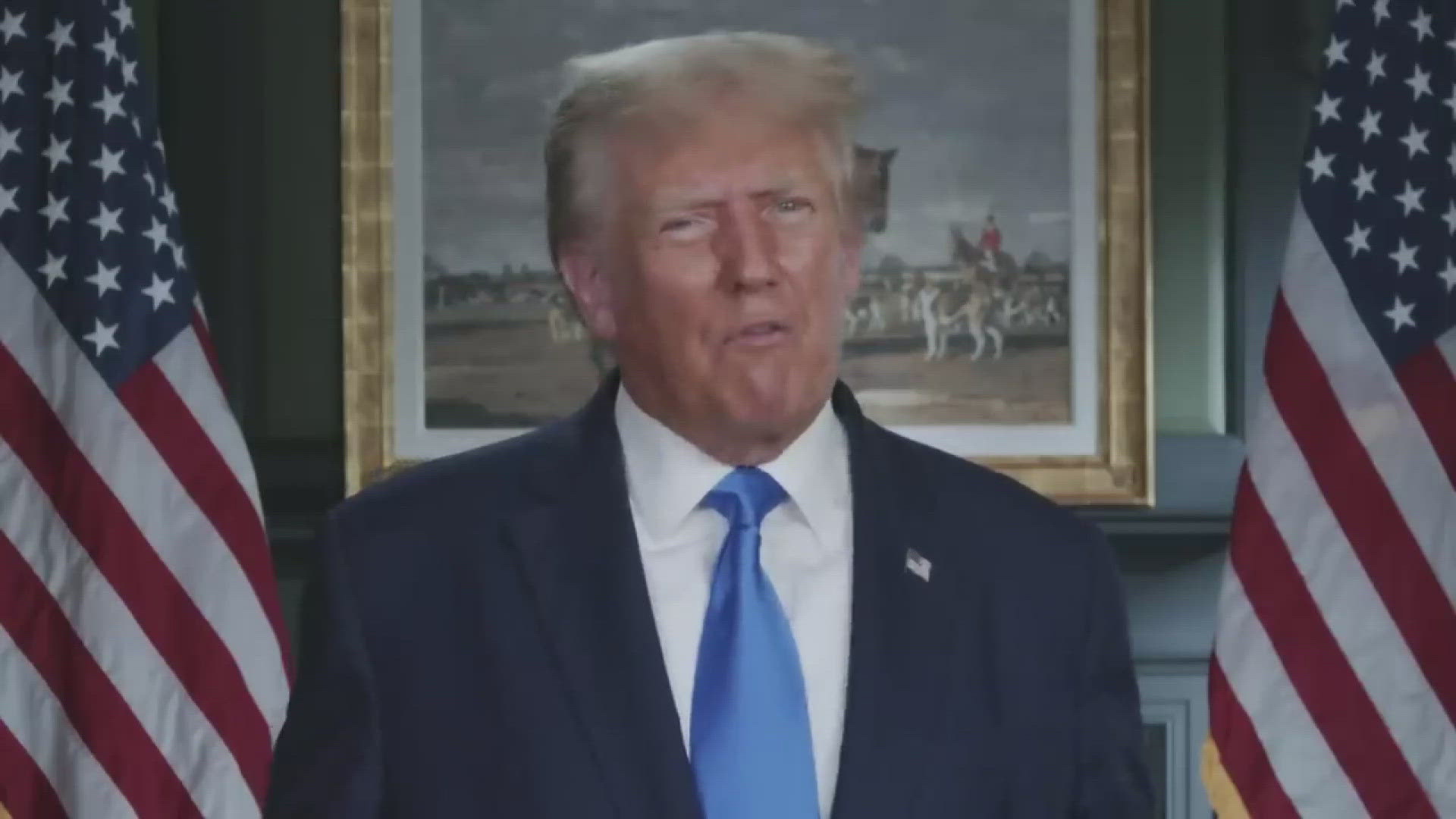DENVER — President-elect Donald Trump has repeatedly promised to abolish the U.S. Department of Education, raising questions about the future of school funding across the nation.
In an address last year, Trump declared his intention to "end education coming out of Washington D.C." and transfer control of education to state governments, but how likely is this proposal to come to fruition, and what could it mean for schools in Colorado?
Trump’s vision for education
Trump has described the federal education system as a hindrance, saying it creates unnecessary bureaucratic layers that fail to meet the needs of students. He’s argued shutting down the Department of Education and returning control to states would improve local education systems.
“We’re going to close it up, all those buildings all over the place,” Trump said. “And you have people that, in many cases, hate our children. We’re going to send it all back to the States.”
Funding concerns
Colorado receives about 10% of its education funding from the Department of Education, according to the National Education Policy Center.
That includes money for special education programs and low-income students.
“The department of ed does actually have a very large but not a very visible role in our public schools,” Kevin Vick said. “The way I would describe it is they really provide funding and support for our most vulnerable students.”
Vick is the president of the Colorado Education Association and said they’re concerned about where that funding would come from.
“Particularly here in Colorado, we're near the bottom of per-pupil funding in the nation as a state as it is, and so likely any further strain on our funding system here in Colorado will have significant effects,” he said.
Kevin Welner, a professor at the University of Colorado Boulder and director of the National Education Policy Center, said the funding likely would move to other departments that would distribute it to states, which would decide how to spend it.
“If the Department of education is closed down those programs still exist unless Congress decides to defund or reduce those programs,” he said. “One thing I think would be correct to anticipate is that we're going to see more and more of a red-blue divide across the country.”
Local control: a positive shift for some
Conservative policy groups like the CATO Institute support the decision, saying the focus is less on cutting funding and more on eliminating what they see as unnecessary federal regulations that may not align with local needs. In a statement, CATO said, "the federal government should drop the reins and let people at the state level decide where and how to exercise education authority.”
Obstacles to abolishing the Department of Education
Trump would need a supermajority in the Senate to close the department, which could be a challenge given the current makeup of Congress.
Although Republicans gained control of the Senate, they still fall short of the 60 votes needed to override a filibuster. This means Trump would need support from Senate Democrats to pass such sweeping legislation, something that could be difficult given the partisan divide over federal education policy.
“I still think there won't be enough Republican support in Congress to close down the Department of Education,” Welner said.

